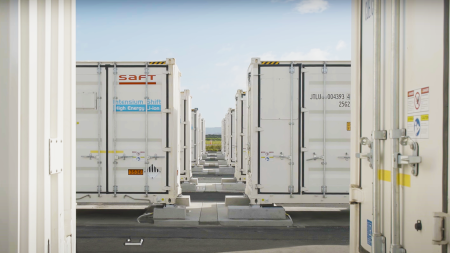The Clean Energy demonstration challenge, spearheaded by the United States, has been granted €28 billion by the European Commission to aid in the commercialization of new technologies and speed up the energy transition.
As part of a larger push to reach net zero emissions by 2050, US Vice President Joe Biden launched the clean energy challenge in June, promising $90 billion in public investment from 2022 to 2026. Funding from the EU is provided through the Horizon Europe research program, the Innovation Fund, and InvestEU.
Industries that have a hard time transitioning away from fossil fuels include steel production; the government funding is meant to attract private investment to speed up the rollout of large-scale clean energy technology demonstration projects.
The eventual $94 billion in pledges to the Clean Energy Technologies demonstration challenge far above projections.
In addition to the European Commission, governments from Australia, Canada, Finland, France, Germany, Japan, the Netherlands, Norway, Poland, the Republic of Korea, Singapore, Sweden, the United Arab Emirates, and the United Kingdom are all participating in the challenge.
Hybrit is a European project that aims to replace coking coal with fossil-free power and hydrogen, making it the first technology of its kind in the world. The Swedish steel and iron industries, as well as the Swedish energy industry, are all contributing to the development of Hybrit.
With initiatives like the Hydrogen Strategy and REPowerEU, the Commission aims to reduce its dependency on fossil fuels and boost energy security in the wake of Russia’s invasion of Ukraine.
The European Bauhaus, the Health Emergency Preparedness and Response Authority, and the Bill Gates Breakthrough Energy initiative have all been funded out of the Horizon budget, raising worries among member states that the Commission is diverting resources away from fundamental R&D.








